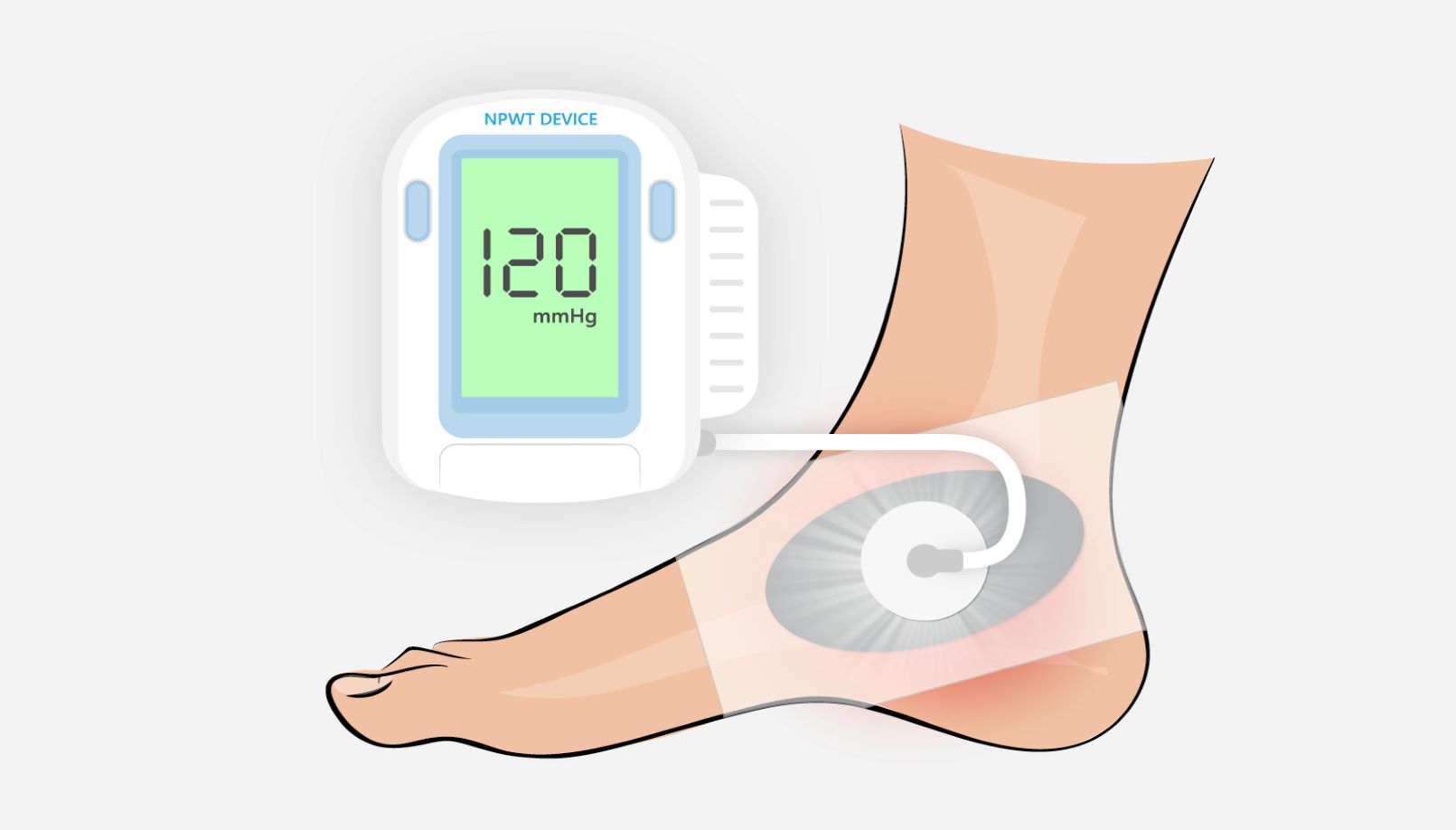
Actinic keratosis (AK) or solar keratosis is a rough, scaly patch that develops on the skin as a result of damage from ultraviolet radiation from the sun or indoor tanning beds. If left untreated, actinic keratosis may transform into squamous cell carcinoma. Treatment options for AK include topical medicines, cryotherapy, photodynamic therapy, and surgery.
Market Dynamics:
Increasing cases of skin cancer owing to prolonged exposure to ultraviolet (UV) radiation is expected to drive the growth of the actinic keratosis market during the forecast period. According to the Skin Cancer Foundation, over 5 million cases of basal cell carcinoma (BCC) and squamous cell carcinoma (SCC) are diagnosed in the United States each year. Early diagnosis and treatment of actinic keratosis is crucial in preventing skin cancer. Additionally, increasing awareness about skin cancer has prompted people to seek proper medical treatment and consult dermatologists in case of AK lesions, thereby fueling the market growth. Furthermore, commercial availability of drugs and treatment procedures for effective management of actinic keratosis is also expected to boost the growth of the actinic keratosis market between 2023 and 2030.
Increasing Usage of Actinic Keratosis Drugs for Treatment
The rising prevalence of actinic keratosis is a major driver for the actinic keratosis market growth. Prolonged exposure of the skin to ultraviolet radiation from sunlight is a major cause of actinic keratosis. With rising awareness about skin cancer and its precursors, many people are opting for actinic keratosis treatment. Various drugs including fluorouracil, imiquimod, diclofenac, and ingenol mebutate are increasingly used for actinic keratosis treatment. These drugs help in effectively clearing actinic keratosis lesions and reducing the risk of progression to squamous cell carcinoma. The effectiveness and convenience of topical drug formulations compared to other keratosis treatment methods boost their demand.
High Cost of Advanced Drug Therapies Restrains Market Potential
While drug innovation has increased actinic keratosis treatment options, the high cost of newer therapies poses a challenge for market growth. Drugs with novel mechanisms of action like ingenol mebutate are very effective but also expensive. The prices of these new drugs make multiple courses of therapy unfeasible for many patients. Generic versions are yet to emerge, maintaining above-average prices. High drug acquisition costs act as a barrier, limiting the accessible patient pool. This restraint is more prominent in cost-sensitive developing markets where affordability is a major factor influencing therapy uptake.
Growing Telehealth and Remote Patient Monitoring Create New Opportunities
The COVID-19 pandemic has boosted the adoption of telehealth and remote patient monitoring technologies globally. This opens new opportunities for stakeholders in the actinic keratosis market to offer virtual care and guidance to patients. Telemedicine visits can facilitate actinic keratosis screening, particularly in underserved areas. Remote monitoring tools assist in the long-term follow-up of patients on maintenance therapy. This helps optimize actinic keratosis management while reducing physical visits. Digital health solutions thus make quality care more accessible and convenience. Integrating such virtual platforms is a viable strategy for companies to expand their patient reach and better serve compliance needs.
Rising Emphasis on Photodynamic Therapy and Combination Treatments
There is a growing trend of combining therapies for actinic keratosis to improve clearance rates. Combination regimens involving photodynamic therapy along with topical drugs are gaining favor as they demonstrate enhanced efficacy over monotherapies. Emerging evidence support the effectiveness of short contact therapy using 5-aminolevulinic acid photodynamic therapy followed by topical medication. Combining therapeutic approaches addresses a wider range of actinic keratosis subtypes and stages. This has stimulated the development of new combination product formulations. The focus on optimized multi-modal regimens reflects the evolution of clinical practice to meet unmet needs through synergistic treatment paradigms.
*Note:
- Source: Coherent Market Insights, Public sources, Desk research
- We have leveraged AI tools to mine information and compile it


